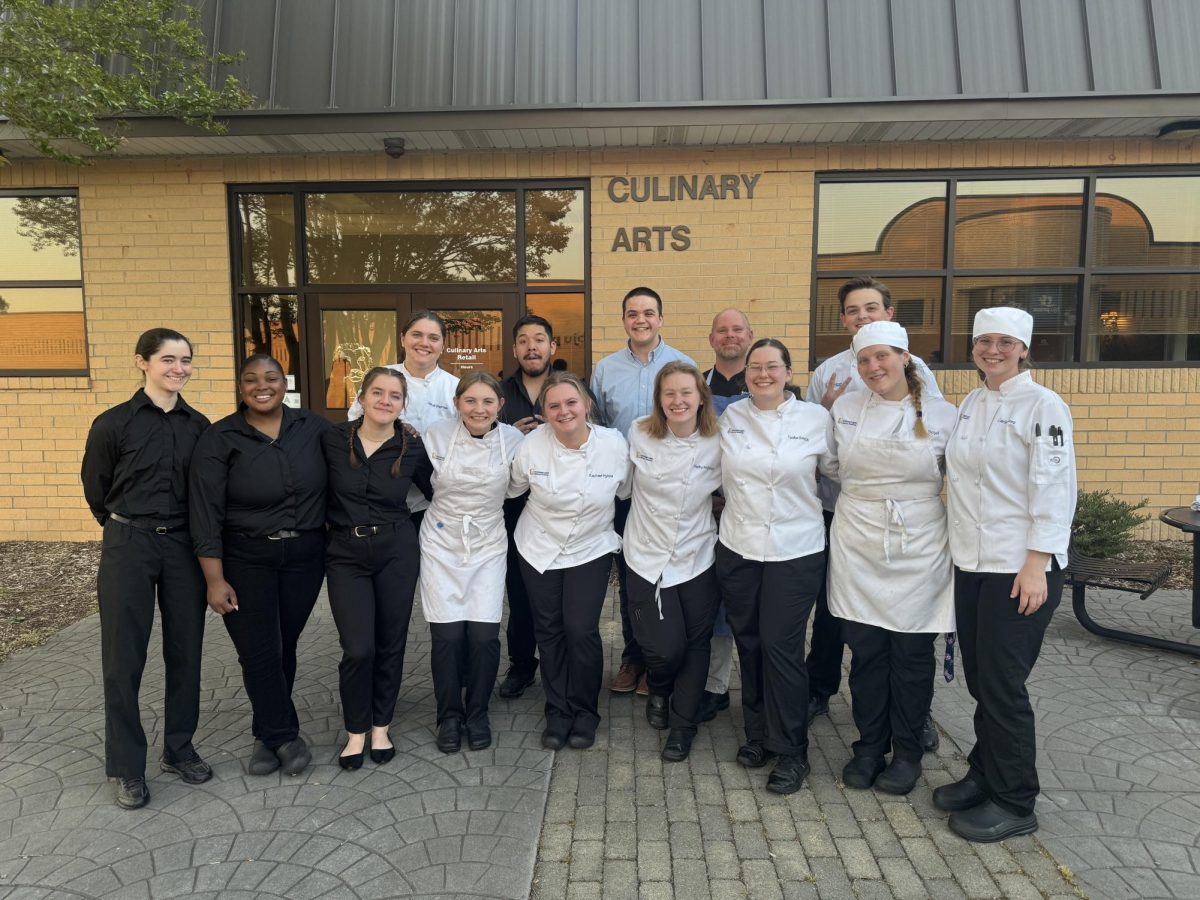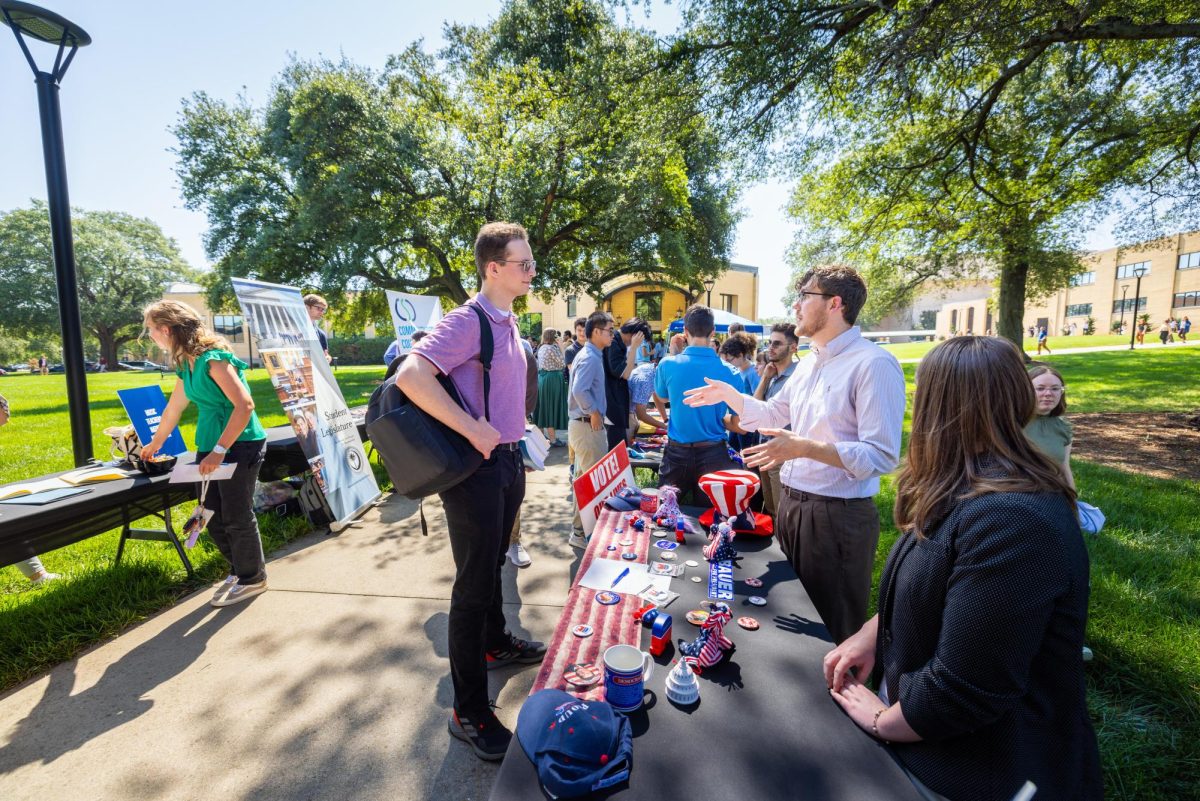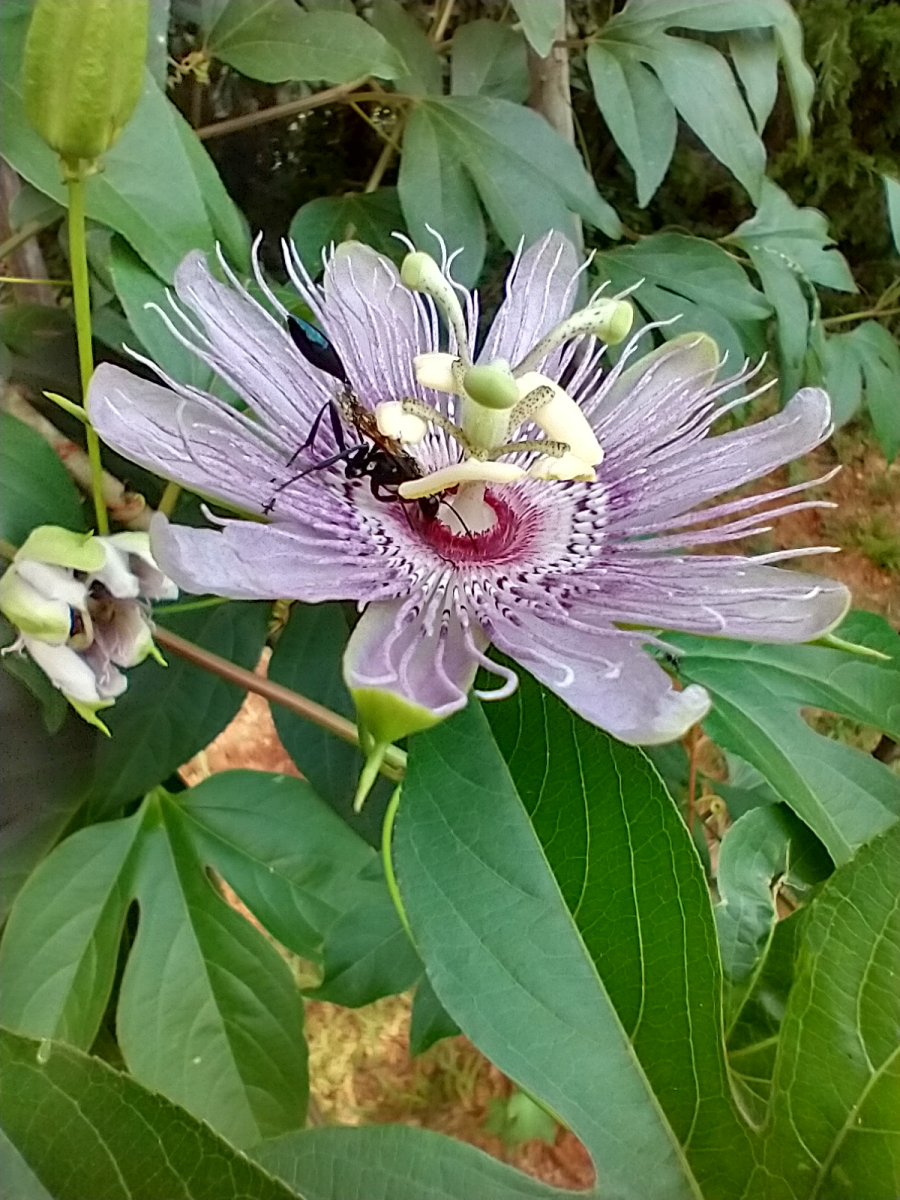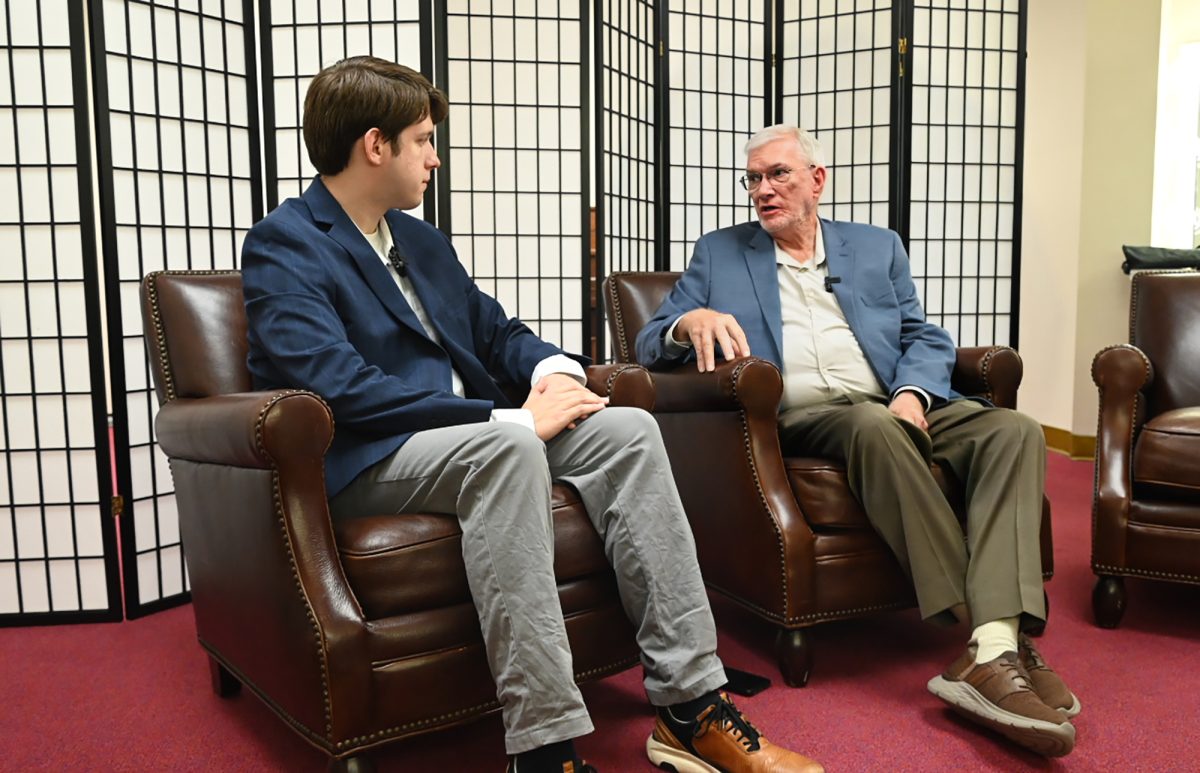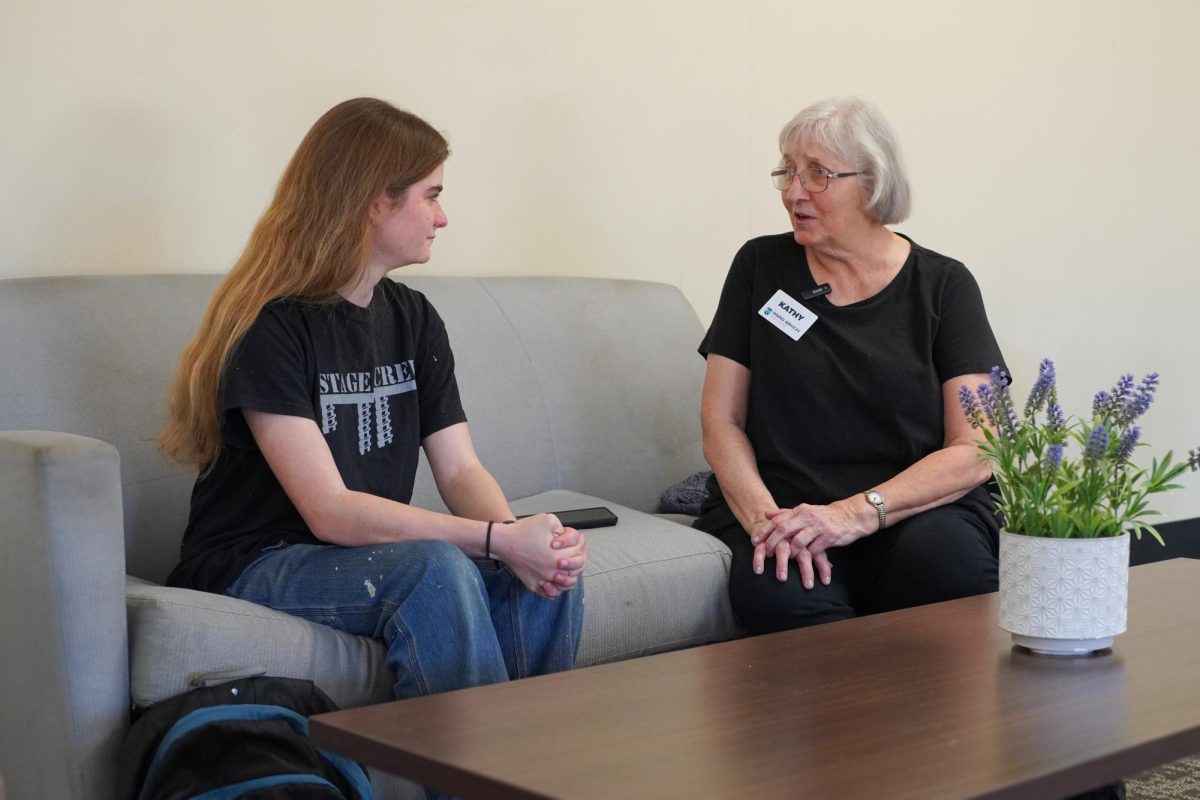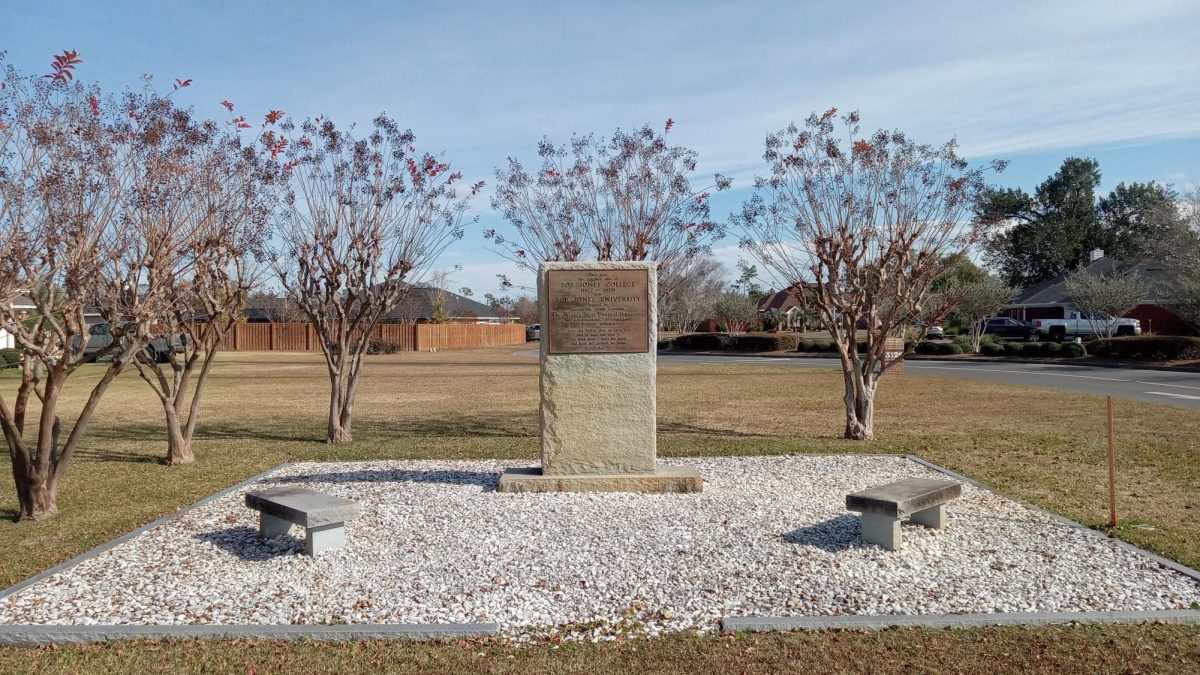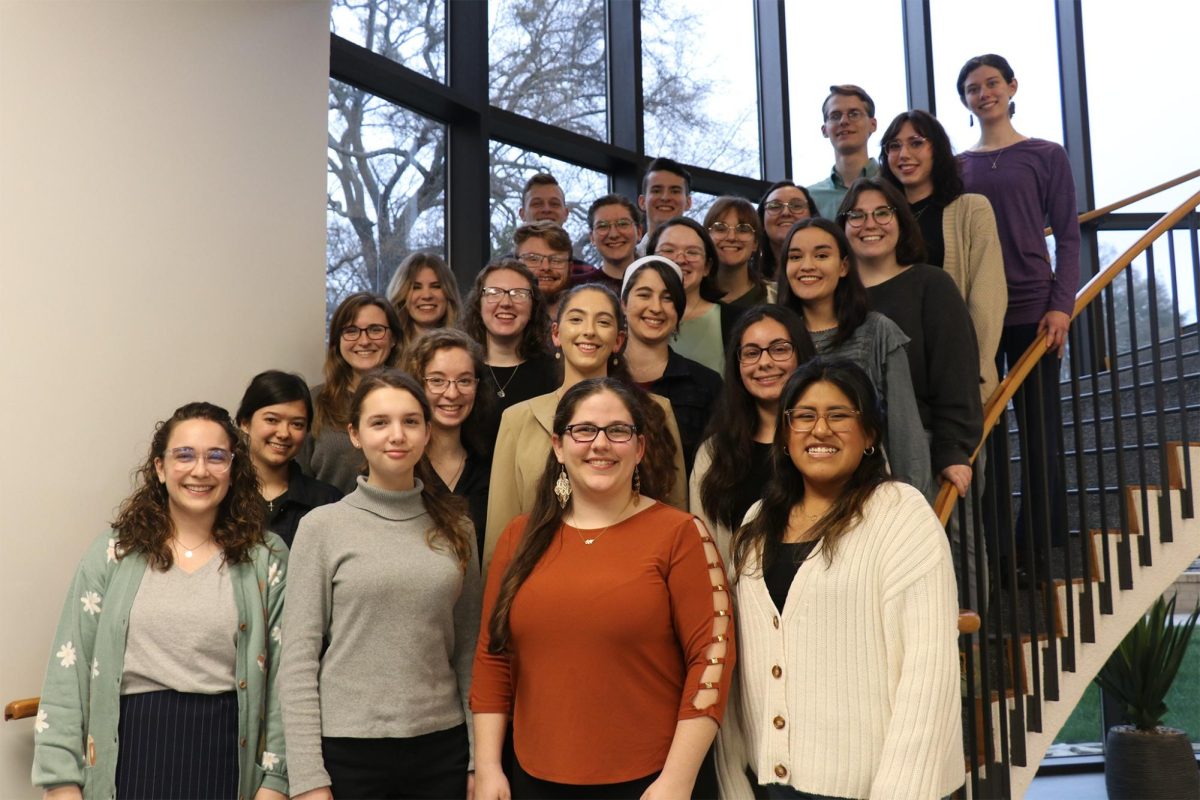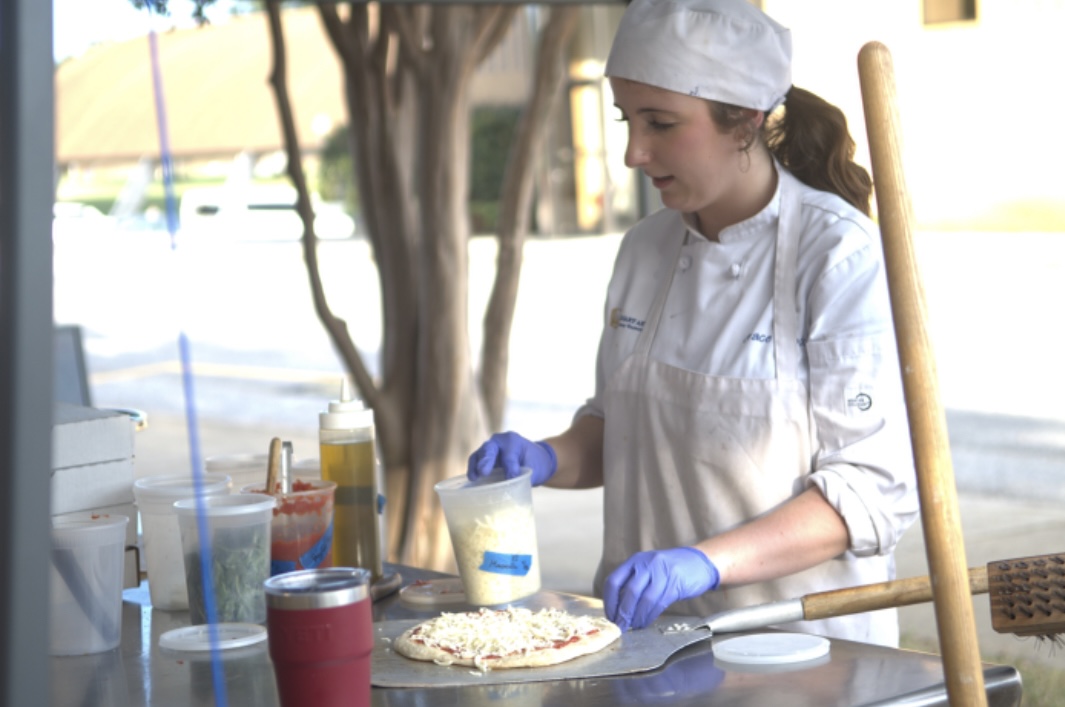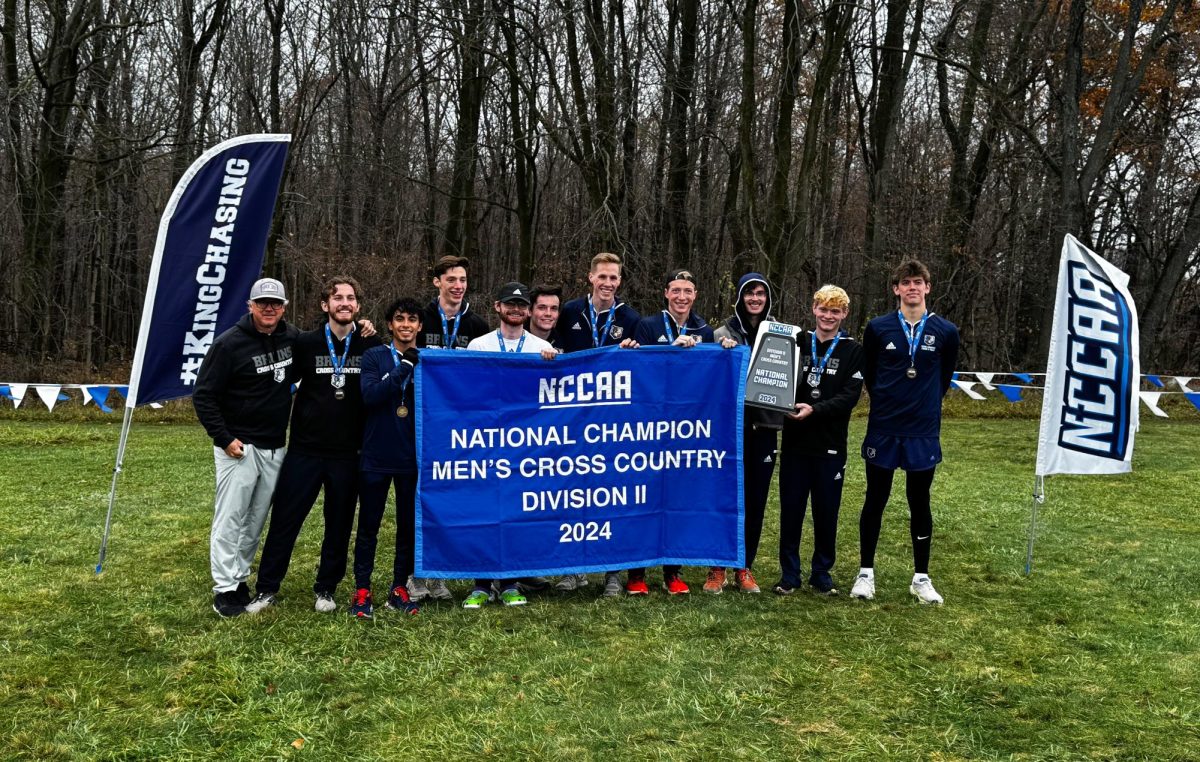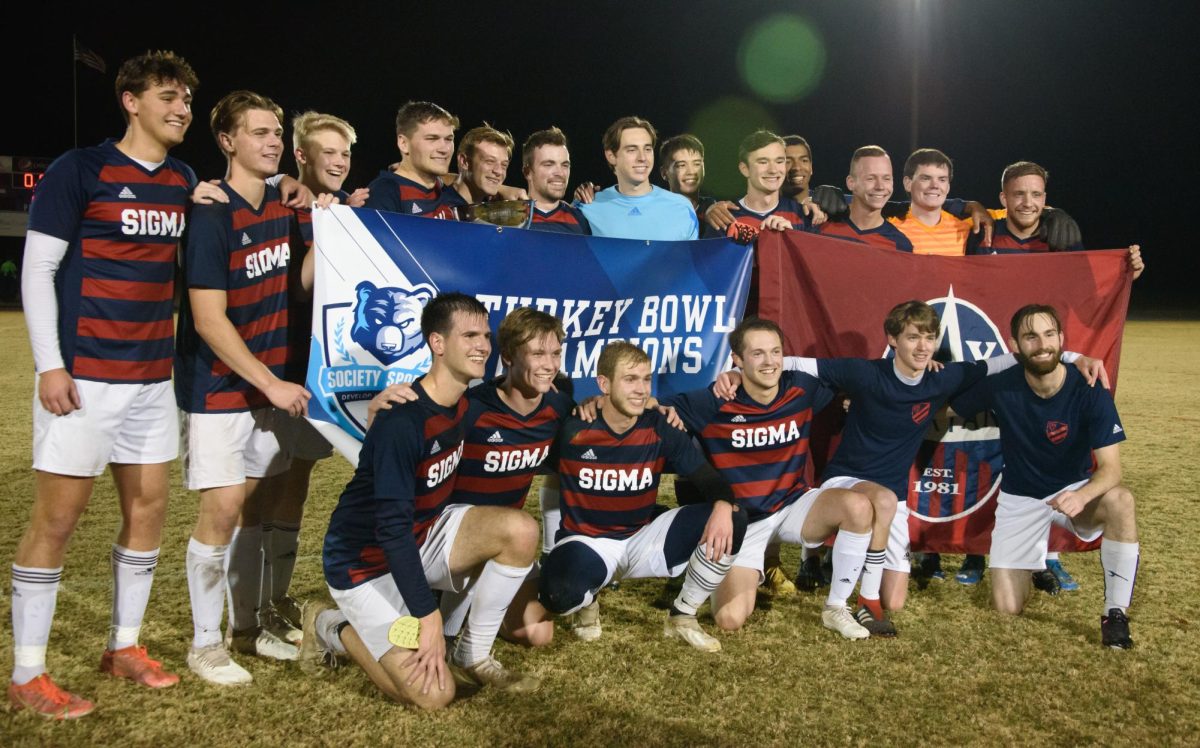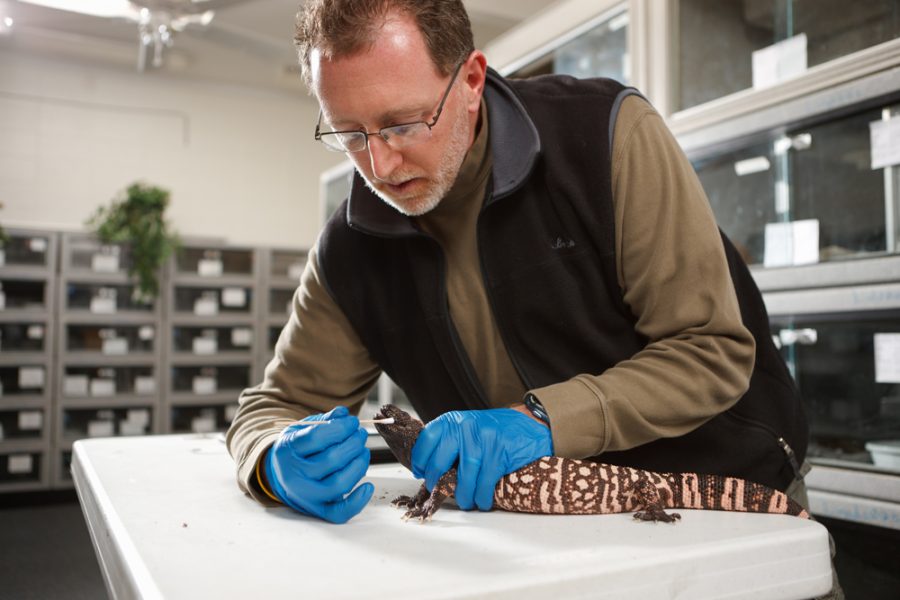The venom from Gila monsters can kill humans, yet it can also stop the growth of certain types of cancer. Which ones? Dr. Steve Figard and his independent study class intend to find out by making use of the eight Gila monsters in Dr. Chris Carmichael’s serpentarium.
According to Figard, the venom from Gila monsters, the only venomous lizard in the United States, contains the protein helodermin, which inhibits the growth of certain cancer cell lines.
The eight students taking part in the experiments wrote the proposal for this study on Gila monsters and cancer cell lines last December. Senior biology major Will Edwards said they were interested in this particular research project because of God’s providence: BJU has a Gila monster colony and a cancer research lab. Instead of having to order venom or send venom out to a cancer research lab, the students can harvest venom and test it on cancer cell lines without leaving campus.
In order to test the effect of helodermin on cell lines in a laboratory environment, the students rely on a three-step process.
First, the students collect venom from one of the eight Gila monsters. To do this, Carmichael offers a Gila monster a piece of cork, on which the reptile bites. As the Gila monster continues to gnaw on the cork, its lower salivary glands produce venom, which is then collected in a flask and refrigerated.
Second, the students purify the venom, or isolate the helodermin.
Third, the students test the effects of the helodermin on different cancer cell lines.
Senior biology major Grace Denton said this three-step process provides unique opportunities for hands-on experience. “Being able to execute each step of the process represented a wide range of independent study techniques and applications not normally afforded to the average molecular biology lab setting,” Denton said.
Edwards agrees and adds that he’s humbled by the opportunity to be involved in such a noble effort that reflects Christ’s role as the ultimate healer. “Christ is the Great Physician, and we have the opportunity to follow His example and bring Him glory by what we are accomplishing in this class,” Edwards said.
Currently, the students are testing the helodermin on two previously tested lung cancer cell lines. However, they also hope to test two previously untested cell lines, including a breast cancer cell line and a colon cancer cell line.
Ironically, while helodermin is not effective on all cell lines, the husband of the donor who funded the BJU Cancer Research Laboratory died of small cell lung carcinoma, which is one of the specific cell lines that is susceptible to helodermin.
Stories like this give the class inspiration to join in the effort to cure cancer, but Figard said the goal of this particular class is much simpler: to teach students about proper scientific research. He sees the class as a capstone experience that allows the students to put all of their knowledge from previous classes into practice.
As a research mentor, Figard is currently taking his students through experiments that were originally performed in the 1980s and 1990s when scientists first started researching the interaction between Gila monster venom and cancer cell lines.
This summer three students will continue this research in a new eight-week program, Research Immersion for Undergraduates, that covers students’ room and board while allowing them to earn academic credit. Figard said he’s excited about this unique opportunity, which will be funded by the Science & Engineering Endowment Fund. He hopes to work on a number of subprojects, including learning how to harvest the largest quantity of venom, how to improve the purity of the venom, and why the venom inhibits some cell lines and not others.
While most of these experiments are reproductions of previously performed experiments, this is not Biology 101 where the experiments have cookie-cutter results. “Research is not scripted,” Figard said. The students have to think beyond their instructions and textbook.
This unpredictability was particularly evident over Christmas break when Figard went to check on some previously harvested venom and was surprised to see that it had jelled. He removed it from the refrigerator, but it remained jelled. He contacted herpetologist Carmichael, who then emailed his herpetology friends — the top in their field — but none of them had seen this happen before. They are still looking for possible explanations to this strange phenomenon.
Mysteries like these excite Figard, who looks around and sees a world of order created by a God of order. If something is not immediately clear, scientists must continue researching, Figard said, because God created the beautiful and orderly world for us to explore. And He has included seemingly insignificant things, such as the helodermin in Gila monster venom, for us to use in ways that honor Him. “He conceals things so that we can search them out and use them to glorify Him,” Figard said.
For this reason, the theme verse of the BJU Cancer Research Lab is Proverbs 25:2: “It is the glory of God to conceal a thing: but the honor of kings is to search out a matter.”





